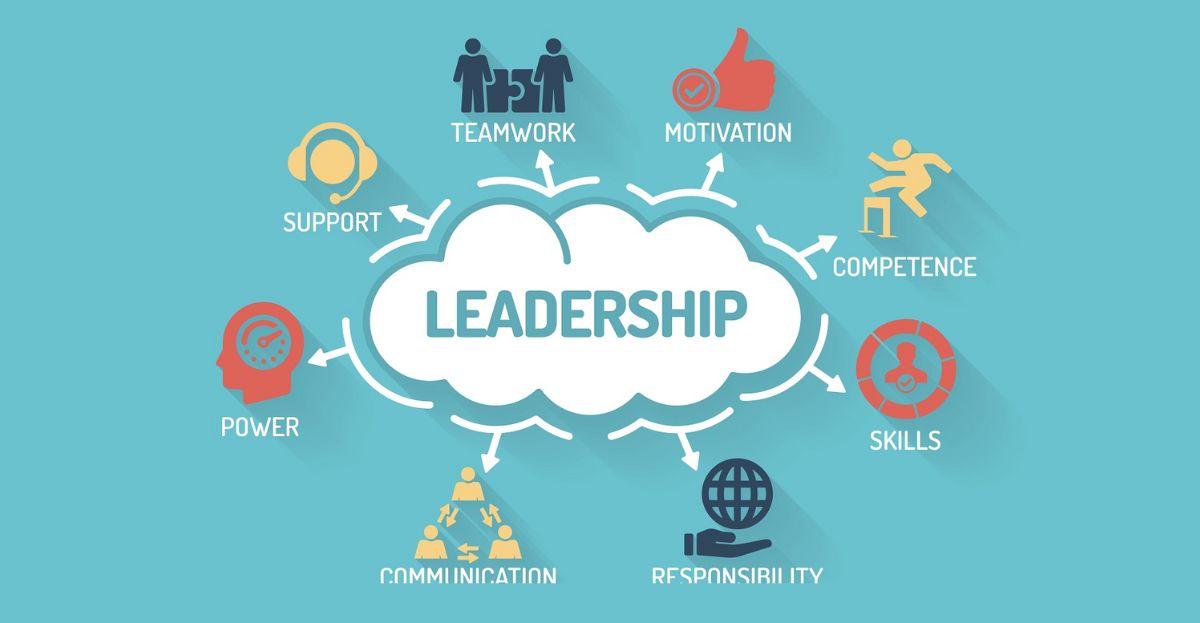Leadership behaviours are critical to the success of any organization. They are the behaviours that enable an individual to lead and motivate others to achieve common goals.
1. Setting and Communicating Clear Goals
A leader needs to set clear and attainable goals for their team and ensure that everyone is on the same page. This will help everyone to stay focused and motivated.
Setting and communicating clear goals is one of the most important aspects of any successful organization. Without goals, an organization can become unfocused and unproductive. Goals should be specific, measurable, achievable, relevant, and time-bound.
Specific goals communicate what an organization wants to achieve. They should be specific enough that individuals can understand what they need to do to help achieve the goal, but not so specific that everyone can predict the outcome.
Measurable goals are easy to understand and assess. They help ensure that the goal is worth achieving and that progress is being made toward it.
Achievable goals are ones that are realistic and achievable within the timeframe given. Reaching an achievable goal does not mean that the goal is easy to achieve, but it does mean that it is possible.
Relevant goals are ones that are relevant to the organization and its goals. They should be based on the organization's mission and vision and reflect the needs of its customers and employees.
2. Creating a Vision and Strategy
A leader needs to create a vision and strategy for their team and make sure everyone is on board. This will help set the team up for success and help to keep them motivated.
Creating a vision and strategy is an important step in any organization’s growth. It is essential to have a clear picture of what you want to achieve and how you plan to get there.
A vision is a global view of your organization, what it stands for, and where it is going. It can be expressed in a few words or in a detailed document.
A strategy is a plan of action that you develop to achieve your vision. It includes a set of objectives, measures to achieve them, and timelines.
Together, a vision and strategy help your organization focus on its goals and stay on track. They can help you attract and retain talented employees, build customer loyalty, and achieve competitive advantages.
Creating a vision and strategy is a process that takes time and effort. It is important to have a team of people who are willing to contribute their knowledge and skills.
Start by developing a clear understanding of your organization’s strengths and weaknesses. Then identify
3. Encouraging and Motivating Team Members
A leader needs to encourage and motivate team members to achieve success. This will help to keep everyone on track and motivated.
When it comes to motivating and encouraging team members, one of the best methods is to set clear and achievable goals. This will help team members feel accountable for their individual contributions, and help to keep everyone on their toes.
Another key method is to provide feedback and recognition when team members achieve their goals. This can help to encourage and motivate them to continue working hard. Finally, it’s important to create a positive work atmosphere where team members feel comfortable sharing ideas and suggestions. This will help to foster a collaborative environment and lead to better results.
4. Building Trust and Cooperation
A leader needs to build trust and cooperation with team members.
Building trust and cooperation between different groups is a difficult task. It requires communication, compromise, and a willingness to work together.
One way to build trust is to establish clear rules and expectations. This can be done through formal or informal channels. If rules are not clear, it can be difficult to cooperate or trust one another.
It is also important to maintain communication. This can be done through formal or informal channels. If communication breaks down, it can be difficult to resolve conflicts and build trust.
It is also important to compromise. This can be difficult, but it is necessary if the group is to work together. If everyone is unwilling to compromise, the group will not be able to reach an agreement.
Finally, it is important to be willing to work together. This can be difficult, but it is necessary if the group is to achieve its goals. If members are not willing to cooperate, the group will not be able to achieve its goals.





